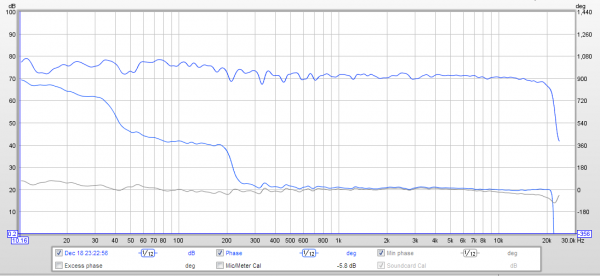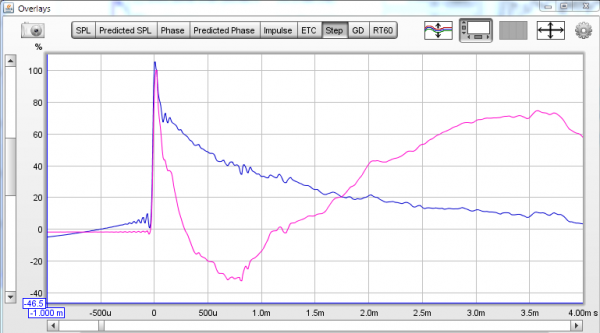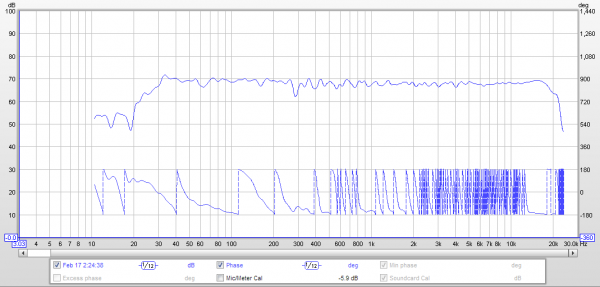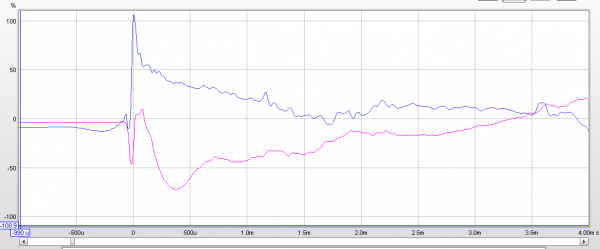Rob, are your referring to Wilson Audio's new WAMM model?
Hi Peter, no I'm not referring to that speaker as I have not heard it (and thus, cannot comment on the results of the design)
However, I do find it encouraging that the company in question is (within their own limits as purely a speaker manufacturer only) taking the matter of time distortion seriously, but I don't think that the methods they are employing can be 100% perfect.
Physical alignment of drive units to compensate for crossover time delays can only succeed for a single point in space (where all the various pathways meet) and, if all the frequencies produced by each driver are subjected to the same amount of group delay for their specific bandwidth.
Now, I don't know the design principles of that particular crossover design but I think it's impossible (within the analogue domain) to ensure that the bandpass filter used to feed a midrange driver (say 500Hz to 3KHz) produces the same amount of time shift equally for all of those frequencies - I'm hoping someone will be able to shine some light on that subject for me ?
Therefore, if the amount of delay is not constant across each individual drivers output, then you are left with a situation where you must take your alignment point at a median frequency within that range.
Surely then, this design approach (with a 5 way speaker) can only produce a perfect time alignment for the 5 median frequencies at one single point in space... therefore, if you move your head backwards or forwards, up or down, then you lose alignment.... maybe ?
Isn't the ideal solution, one that makes sure the wavefront emanating from the speaker is perfectly aligned (vertically in the case of most multi-driver speakers) at the baffle and no matter what distance you are away from the front baffle, all the frequencies are correctly in time.
The manufacturer that I am concerned about produces an entire range of speakers that are perfectly aligned for frequency, amplitude, phase and time - from their tiny little 'desktop' model to their huge award-winning and iconic flagship model.











